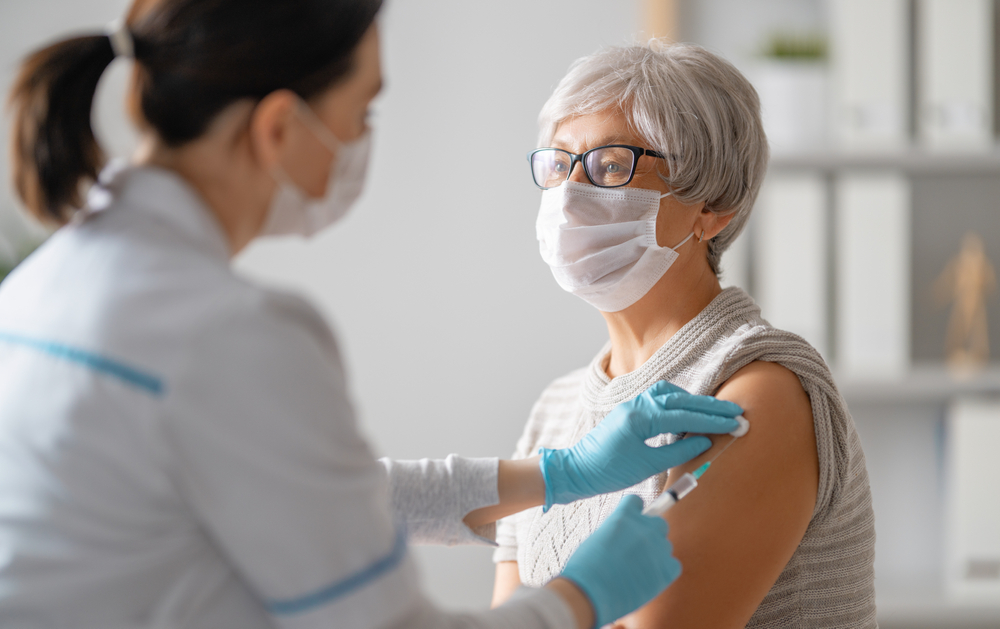What's the problem?
According to the World Health Organisation, vaccination prevents up to three million deaths per year worldwide. Vaccines are critical to the prevention and control of infectious disease outbreaks, but they are less effective as we get older, so more studies are needed to ensure that all age groups can be protected. Some viruses, like influenza, present differently every year, posing a challenge to vaccine manufacturers, and vaccine performance needs to be continually monitored. In addition, vaccine production requires a lot of animal research, so new alternatives should be explored.
IHI / IMI research...
|
…producing new vaccines and vaccine candidates |
The EBOLAVAC projects successfully led to the development of a vaccine against Ebola, which immunised more than 200 000 people in the Democratic Republic of Congo and Rwanda. The AdVac® vaccine technology platform used to create the Ebola vaccine was later used to develop a COVID-19 vaccine. For more about IMI’s work on Ebola, read our Ebola spotlight. The PROMISE project is investigating possible vaccine candidates for tackling respiratory syncytial virus (RSV), a common virus that can have devastating consequences for young children - almost 3.4 million children under the age of 5 are hospitalised each year as a result of RSV. PROMISE will build on the results of the IMI RESCEU project, which investigated RSV transmission as well as evaluating the efficacy and cost-effectiveness of different approaches to immunising infants. The PRIMAVERA project is using mathematical models to assess different vaccines and monoclonal antibodies for their impact on antimicrobial resistance, which is responsible for more than 35 000 deaths in the EU each year. |
||
| …developing tools to test and track the effectiveness of vaccines |
|
||
| …monitoring the performance of existing vaccines |
|
||
| …investigating how vaccines affect subpopulations and why adverse reactions to vaccines occur |
|
||
| …decreasing the number of animals used in vaccine development | The VAC2VAC project is investigating new methods for testing vaccine batches that do not involve animals. Non-animal in vitro systems that can ensure that the quality of a batch of vaccines that just rolled off the production line is consistent with and of the same quality as a previously quality-controlled batch are being developed by the project. |



